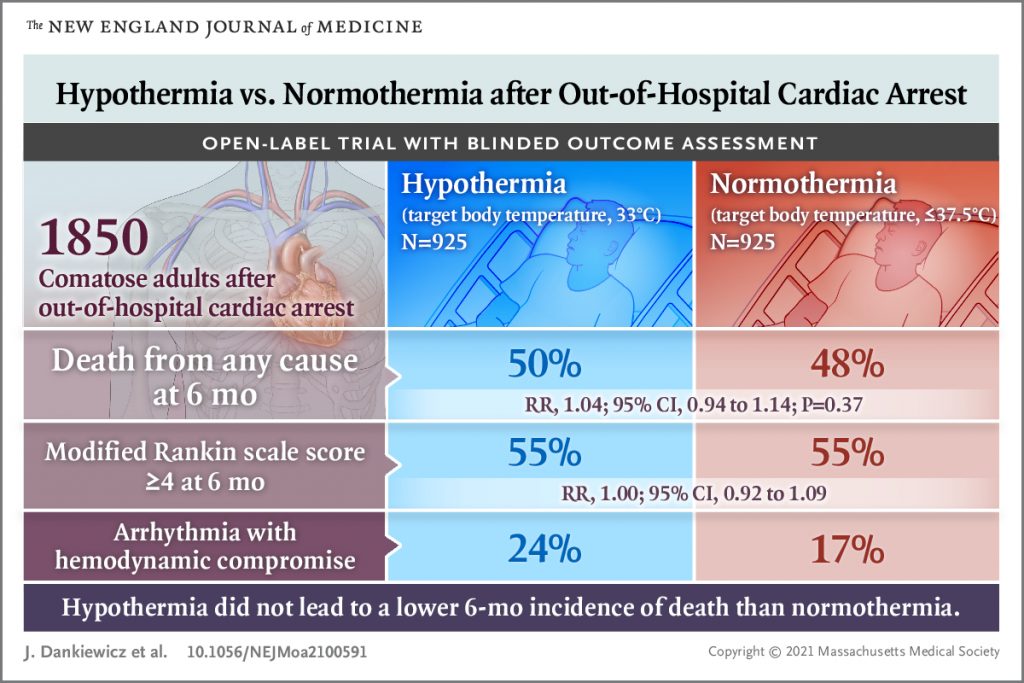It looks like the following pharmacies should have Paxlovid as well. I haven’t called any others to confirm, but based on the Covid 19 website, they should have it. Great news for access. Just wanted to share in case you weren’t aware.
Bracebridge Drug Store Pharmacy 270 Wellington Street
Bracebridge Rexall 3-36 Macdonald Street
Bracebridge Rexall 55 Highway 118 West
Bracebridge Shoppers Drug Mart 1-248 Manitoba Street
Gravenhurst Drug Store Pharmacy 290 First Street North
Gravenhurst Gravenhurst Ida Pharmacy 180 Brock Street
Gravenhurst Shoppers Drug Mart 511 Muskoka Road South
Huntsville Huntsville’s Hometown Ida Drug 10 Main Street East
Huntsville Loblaw Pharmacy 131 Howland Drive
Huntsville Shoppers Drug Mart 51 King William Street
Parry Sound Shoppers Drug Mart 90 Bowes Street
Thanks!
Heather
